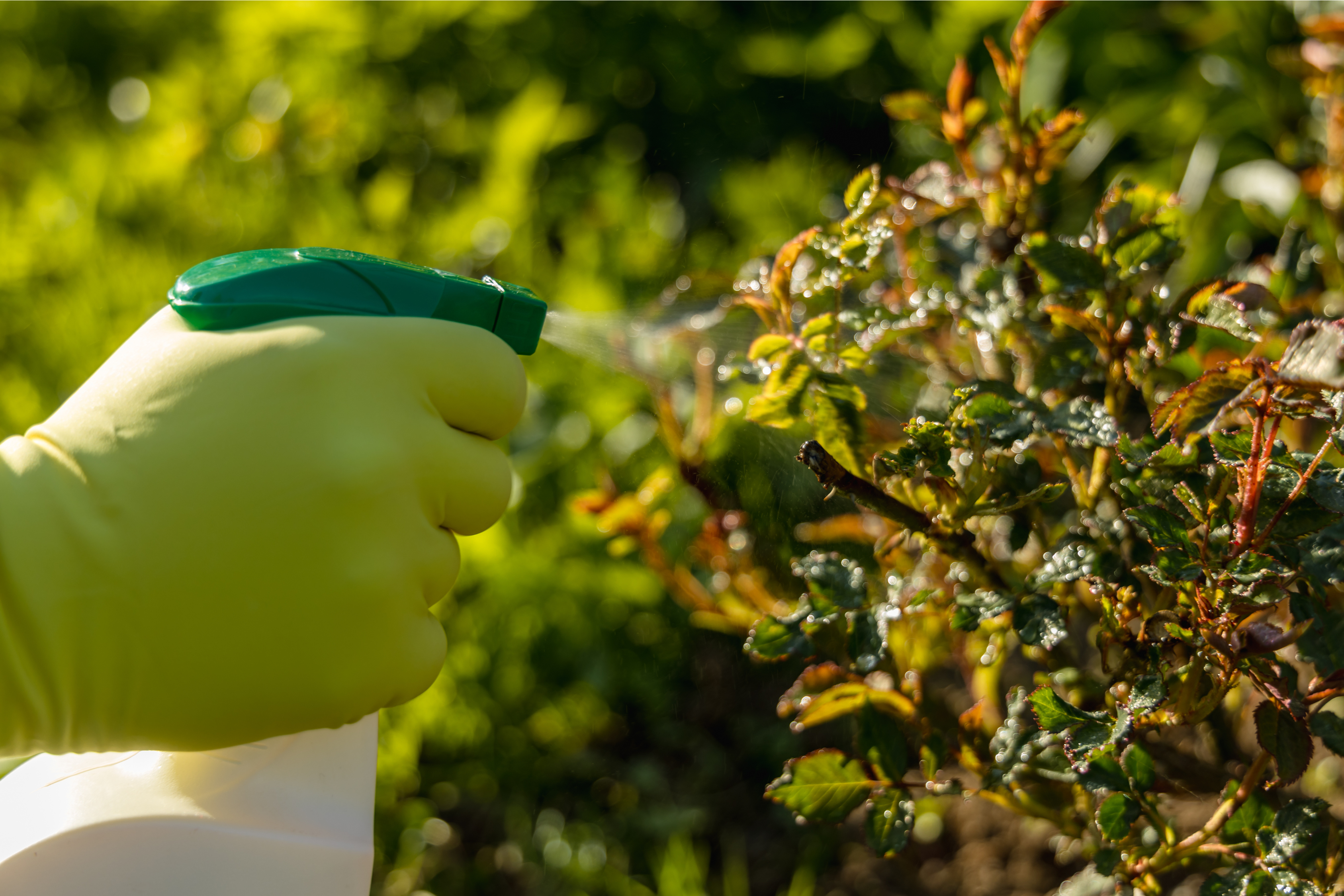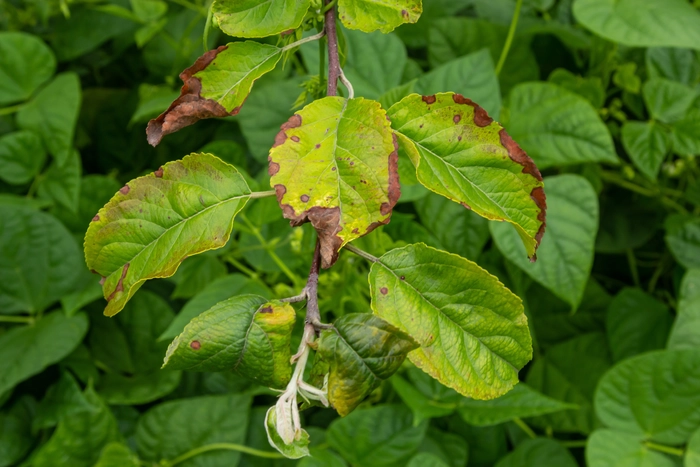Introduction:
Plant pests and diseases are common challenges that gardeners face, threatening the health and vitality of their plants. Whether you're cultivating a vegetable garden, tending to ornamental plants, or nurturing indoor houseplants, it's essential to be vigilant against pests and diseases and take proactive measures to prevent and manage them effectively. In this guide, we'll explore strategies for identifying, preventing, and managing common plant pests and diseases, empowering you to protect your plants and promote a thriving garden.
Identification of Common Plant Pests and Diseases:
Before implementing control measures, it's crucial to accurately identify the pests and diseases affecting your plants. Common plant pests include aphids, whiteflies, spider mites, and caterpillars, while diseases such as powdery mildew, fungal leaf spots, and root rot can also pose significant threats. Learn to recognize the symptoms of pests and diseases, including yellowing leaves, distorted growth, wilting, spots or lesions, and unusual discoloration.
Cultural Practices for Pest and Disease Prevention:
Prevention is often the best strategy for managing plant pests and diseases. Implementing sound cultural practices can help create conditions that discourage pests and diseases from proliferating. Key preventive measures include:
-
Proper Plant Selection: Choose plants that are well-suited to your growing conditions and are resistant to common pests and diseases.
-
Sanitation: Keep your garden clean and tidy by removing plant debris, fallen leaves, and weeds that can harbor pests and pathogens.
-
Crop Rotation: Rotate crops annually to disrupt pest and disease cycles and prevent the buildup of pathogens in the soil.
-
Good Hygiene: Practice good hygiene by disinfecting tools, pots, and other gardening equipment to prevent the spread of pests and diseases.
-
Healthy Soil: Maintain healthy soil with proper drainage, organic matter, and balanced fertility to promote strong plant growth and resilience to pests and diseases.
Natural and Organic Pest Control Methods:
When pests or diseases do occur, consider using natural and organic control methods to manage them effectively while minimizing harm to beneficial organisms and the environment. Some effective natural control methods include:
-
Handpicking: Remove pests by hand and dispose of them properly, especially for larger insects like caterpillars and beetles.
-
Biological Control: Introduce predatory insects, such as ladybugs, lacewings, and parasitic wasps, to control pest populations naturally.
-
Neem Oil: Use neem oil, a natural insecticide derived from the neem tree, to repel pests and disrupt their life cycles.
-
Diatomaceous Earth: Apply diatomaceous earth, a fine powder made from fossilized algae, to control crawling insects by disrupting their outer shells.
-
Beneficial Nematodes: Apply beneficial nematodes to the soil to control soil-dwelling pests such as grubs, larvae, and root-knot nematodes.
Integrated Pest Management (IPM):
Integrated Pest Management (IPM) is a holistic approach to pest and disease management that combines multiple strategies to minimize pesticide use and maximize effectiveness. Key components of IPM include:
-
Monitoring: Regularly inspect plants for signs of pests and diseases, and monitor pest populations to determine if control measures are necessary.
-
Cultural Controls: Implement cultural practices to prevent and manage pests and diseases, as discussed earlier.
-
Mechanical Controls: Use physical barriers, traps, and exclusion techniques to prevent pests from reaching plants or limit their access.
-
Biological Controls: Introduce natural enemies, such as predatory insects and beneficial microorganisms, to control pest populations.
-
Chemical Controls (as a Last Resort): Use pesticides judiciously and as a last resort, selecting products that are least harmful to non-target organisms and following label instructions carefully.
Early Detection and Intervention:
Early detection and intervention are critical for effectively managing plant pests and diseases. Regularly inspect your plants for signs of trouble, and take prompt action at the first sign of infestation or infection. By addressing problems early, you can prevent them from spreading and causing more significant damage to your plants.
Conclusion:
Preventing and managing common plant pests and diseases requires a proactive and multifaceted approach that integrates cultural, natural, and biological control methods. By implementing sound cultural practices, practicing good hygiene, using natural and organic control methods, and employing integrated pest management strategies, you can protect your plants from harm and promote a healthy and thriving garden.
Remember that prevention is often the best defense against pests and diseases, so take steps to create conditions that discourage their presence and monitor your plants regularly for signs of trouble. With vigilance, knowledge, and effective management techniques, you can enjoy a bountiful harvest and beautiful garden year-round.
Happy gardening!

